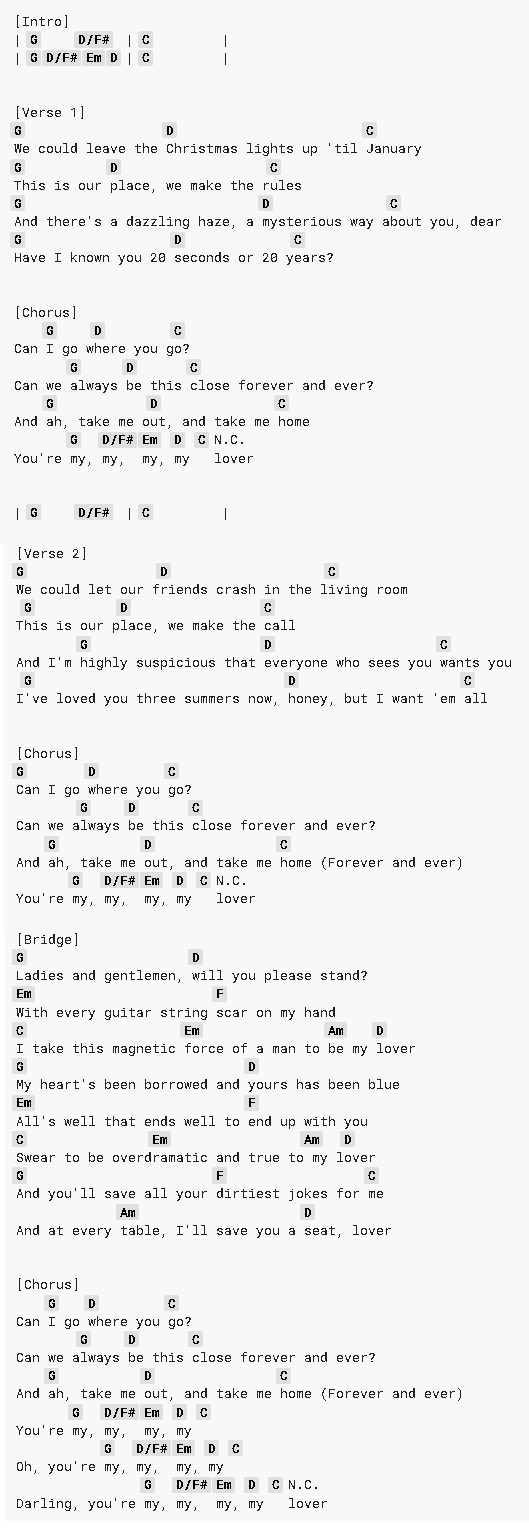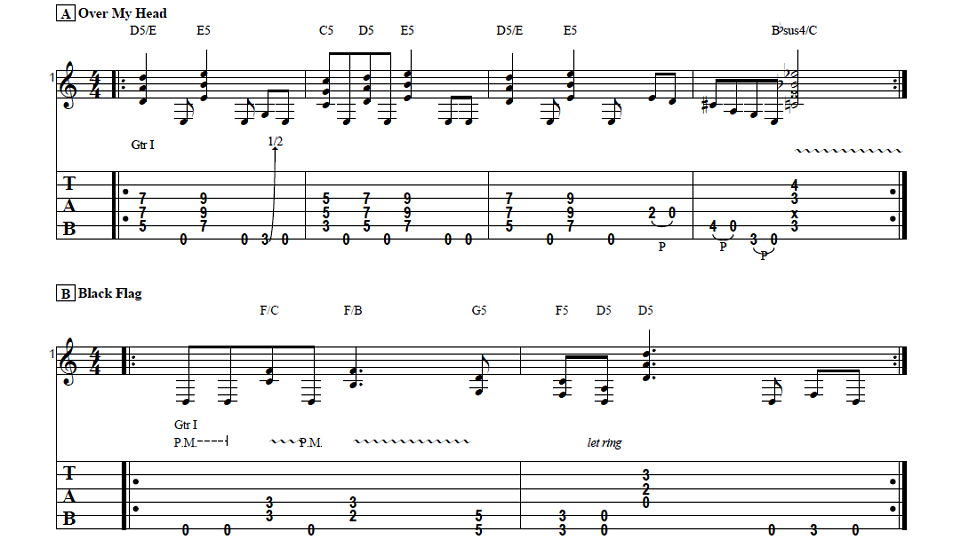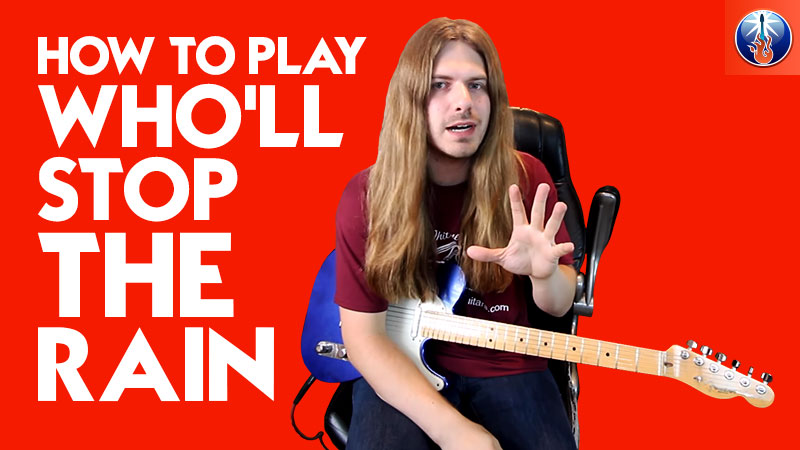What’s going on, Sean Daniel here with Guitar Control, we’ll be learning an instant classic song that we’ve been playing live at the shows that I do, and it automatically gets a great reaction from a lot of the younger people in the crowd, but it’s still a hit for the older people too. Taylor Swift “Lover”.
[contentwall] [/contentwall]
[/contentwall]
Click on the Tabs button to follow chords and tabs.
[ninja-popup ID=715]
It’s in 3/4 jam, a cool song. Really kind of helps you maybe practice different strumming patterns. A super simple song and it’s going to sound like this. There’s a bridge, too. I’m going to skip to the part in between that brings us to the. And then there’s a bridge that sounds like this. And then the last part of that part. And then it goes back to that main part.
So it’s a great song to learn structurally because it’s really easy, but it has a little bit of movement to it, and the ladies love it. Let’s not even beat around the bush anymore. I’m just being honest. This is a great move for you to learn but basically, it’s in 3/4 timing or 6/8, depending on how you count it. All that means is we’re strumming a little bit differently. The chords are going to be really easy. In fact, the majority of it is going to be G, D, and C or C add 9 G major middle finger 3rd fret low E-string. Pointer finger, 2nd fret of the A-string. Ring finger and pinky respectively on the 3rd fret of the B and E-strings. So here’s our G major chord. The way we’re going to strum is just like this. 1, 2, 3, 4, 5, 6. 1, 2, 3, 4, 5, 6. Or 1, 2, 3, 1, 2, 3. 1, 2, and 3, and 1, 2, and 3. It doesn’t matter how you count it, but you want to get that vibe, that waltz vibe. Anything in 3/4 or 6/8 is considered a waltz 1, 2, and 3, and 4, 5, and 6.
So the way I counted that is down strokes are going to do the numbers. The word and is going to be an upstroke 1, 2, and 3, and 4, 5, and 6. 1, 2, and 3, and 4, 5, and 6. So the one, I’m just hitting the low E-string, that root note. 1, 2, and 3, and 4. So we’re going to count it in six. So we’re going break it down. Root, down, up, down, up, down. And I’m not going at down, up, down, up, down. I’m going down, up, down, up, down, adding a dynamic to this performance, because this is the verse of the song. We don’t want to go as big as possible right off the bat because then we’ve got nowhere to bring the song.
So 1, 2, and 3, and 4, 5, and 6. 1, 2, and 3, and 4. If you look at my pick I’m making my way through the string set 2 and 3, 4, , and 6. 1, 2, and 3, and 4, 5, and 6. I’m not worried about which part of the strings I’m hitting. I’m just kind of getting somewhere low, working my way up to the high part, and then getting back to the root note for the one of the next bar. 1, 2, and 3, and 4, 5, and 6, D then C and the same thing applies to everything. So now the great thing about this song and a lot of songs in the key of G, you have a G, a D, and a C in them, is you can take your ring finger and your pinky and just clamp them there, Oasis Wonderwall style.
We can keep that there the whole time. G for a six count, to a D. This is technically a D suspended 4. Keep your pinky there, but you can bring it up if you want. Or you can bring it down and up. 1, 2, and 3, and 4, 5, and 6. 1, 2, and 3, and 4, 5, and 6. I’m adding a little action between this D chord. Oh, it’s technically a D suspended 4 when your pinky’s down on the 3rd fret of the high E-string.
Doesn’t really matter. It’s just a D chord. However you want to play it. It’s up to you. Taylor Swift won’t be judging you, for your playing at least. And then we’re going to go to the C chord, technically a Cadd9 chord, where it’s just the same thing as a G, but your middle finger and your pointer finger are down on the A-string and D-string, respectively. So G 1, 2, and 3, and 4, 5, and 6, D, 4, 5, and 6, C, 2, and 3, and 4, and another count on C.
So most of the song is just this. The verse and the chorus are pretty much the same thing. So when you play the verses you could palm mute it like this. I just brought my palm into the bridge of the guitar to kind of get a muted sound if you’re playing with a singer, like I have the luxury of doing. Then they kind of have a little bit more room. And then you can really bring it up for a bigger part of the song if you need to.
Now we’re going to take this until we walk it into the end of the chorus, and the end of the chorus is going to sound like this. I’ll do it from one of the progressions. This is D, C, 4, 5, 6. 1, 2, and 3, and 4, 5, 6. 1, 2, 3. 1, 2, 3. 1, 2, 3. 1, 2, 3. 1, 2, 3, 4, 5, 6. 1, 2, 3, 4, 5, 6 and G. So that might’ve seemed complicated, but it’s really not. Honestly, we’re just working our way backwards through a scale. Now, this is in the key of G. Great way of knowing that is we started on a G. That isn’t always the case that the first chord you start on is the key that you’re in, but it is the case in this particular example.
Now, if we go backwards through the notes in the key of G major . This is why it’s really good to learn your scales. There are other videos on learning your scales on this channel that I’ve done. So make sure you check out other videos on the Sean Daniel playlist. G to F sharp to E. These are the lowest notes that we can play in the key of G on this guitar. 3rd fret on the low E- string, 2nd fret, open.
Now, if we just kind of add these notes to having your ring finger and pinky locked down, we end up making chords out of them. The first one is a G major chord. Technically, you probably want to make this a D slash chord, where your middle finger goes down to the 2nd fret of the G-string, your pointer finger grabs that low F sharp in there. 1, 2, and 3, 1, 2, and 3, open E minor, technically E minor 7, is the name of this chord where you keep your ring finger and pinky down there and then put your pointer finger and middle finger on two A and two D, respectively 1, 2, and 3 lower, lower.
What is the note before E in the key of G? What comes before an E? Even though we don’t have anywhere lower to go on this guitar because the open E string is the lowest note we can get. What’s the lower note than that? It would be a D. Either you can tune down to a D, you can have a seven string guitar with a lower string that has that, but we’re actually going to go down by going up. What that means is we have the G being the root, F sharp being the root, E being the root. When you have D as the root note, even though we’re going to a higher D, that D from the D suspended 4 chord, that’s the next place to go. And then what’s before D? C, okay? So it’s really easy way to descend through a scale.
You can think of this as 1, 2, 3, 4, 5, different chords you have to memorize. This is why looking at a chord chart might not be the whole picture. Even though you have it because you click the link below and you downloaded it. Sometimes, it’s really helpful just to be able to think in scales because, again, it just really breaks down a lot of this stuff you have to memorize because you just know I’m just going to descend down a G scale until I get to a C, G, F sharp, E, B, C. I’m going to stay on that C. Stop until the lover part comes in, which is great. And then I go back to the verse or I go to the bridge, which is the next part.
So a bridge is really fun to play actually G, D, E minor to F. So we have four chords and then the strumming. 1, 2, 3, 1, 2, 3. Or a count of six, one bar, however you want to count it. A bar of six , a G bar of six, B just like before. E minor. F major. This is a really cool part of the song that Taylor Swift uses in a lot of her song writing. A lot of the greats use this in their songwriting. Having F major be a chord in the key of G, even though it doesn’t technically fit, it still sounds pretty good.
So after that E minor, we’re going to go to either this F major 7 chord or this F bar chord, where you just bar the 1st fret, ring finger and pinky on three A and three D, middle finger on two G, or forget the bar and just have those same first three strings and then pointer finger on one B. 1, 2, 3, 4, 5, 6, 1, 2, 3, 4, 5, 6. So the first four chord progression of the bridge is G, D, E minor, F. Played it with the strumming pattern. 3, 4, 5, 6 to C, E minor, A minor, D.
A minor D is going to be the thing that resets us. Now, D a lot of times in the key of G will lead you back to the G, when it’s found at the end of a phrase. So the whole thing again, we can think of these as two kind of bundles of four chords each, if we chunk these together, which is a great way to memorize a lot of these songs.
G, D, E minor to F. That’s the first group of four. And the next one. C, E minor, A minor, E. Then it happens again. G, D, E minor, F to a C, E minor, A minor, D. That D’s going to lead us back to G, F, C, C, A minor, A minor, D, D, which brings us back to the chorus. Then we’re going to end on that descending thing, which you’re going to repeat three times to really send us out.
So I want to spend just a minute more talking about that really cool bridge because again, it seems like a lot of chords, but it all has a purpose of it. And the purpose is to kind of introduce this F major chord to really kind of get a emotional feeling out of just kind of leaving the key or adding a common chord that isn’t always found in this key but works.
So again, starts like everything else with that G chord. But then we’re going to go to the F chord to a C. Now, we’re going to stay on the C and then end it on A minor twice to D.
Now, if you remember the first part of the bridge ended A minor D. Again, this is really great to really study this chord progression and have that chord chart in front of you because I really want to organize this. A lot of times if you’re playing these songs live, you just might skip the bridge, if you’re not a champion, but you are a champion. That’s why you’re here. So it’s like, “Let’s make sense of this bridge.” We’ve got G to D to E minor to F. That’s chunk one. Chunk two is C to E minor to A minor to D. You can tag the end of that A minor to D. Then we’re going to repeat that.
After you do that twice, start on G, just like usual, bring that F chord in to C a couple times, A minor to D and then tag the end of that bridge with the A minor D, which brings you into the G and then now you’re back in the home stretch of just the G, D, C easy part and then, of course, the descending. I think the descending part always sounds really good when you mute it, like one, two, three. Descend through the scale, E minor, D, C. Maybe open it up on the C a little bit. Then the third time, which is the last time, just hit every one of them. Let it ring out and then from the top up end it that way. That’s the ultimate way to end any song in the key of G, top up. Something I always do.
The slow, dramatic up rake into the quick and then you’re done. You’ve impressed everyone. You’ve showed that you’re either just someone with great taste, or if you happen to be a guy, that you’re also in touch with your feminine side and you’re not too manly to play Taylor Swift because that would be stupid. It’s just a good song.
I hope you enjoyed this lesson. If you did, check out some of the other many lessons that I’ve done for the Guitar Control channel that you’ll find just by exploring the site. And as always, we’re looking for your feedback. So let us know what you think, what you want more of, what you want less of, which would definitely not be anything that I’ve taught. Make sure to subscribe on our You Tube Channel and we’ll see you in our next video lessons, thanks for watching.
– Click here to get Sean Daniel’s Secrets of Hendrix: DECODED – GO!!




